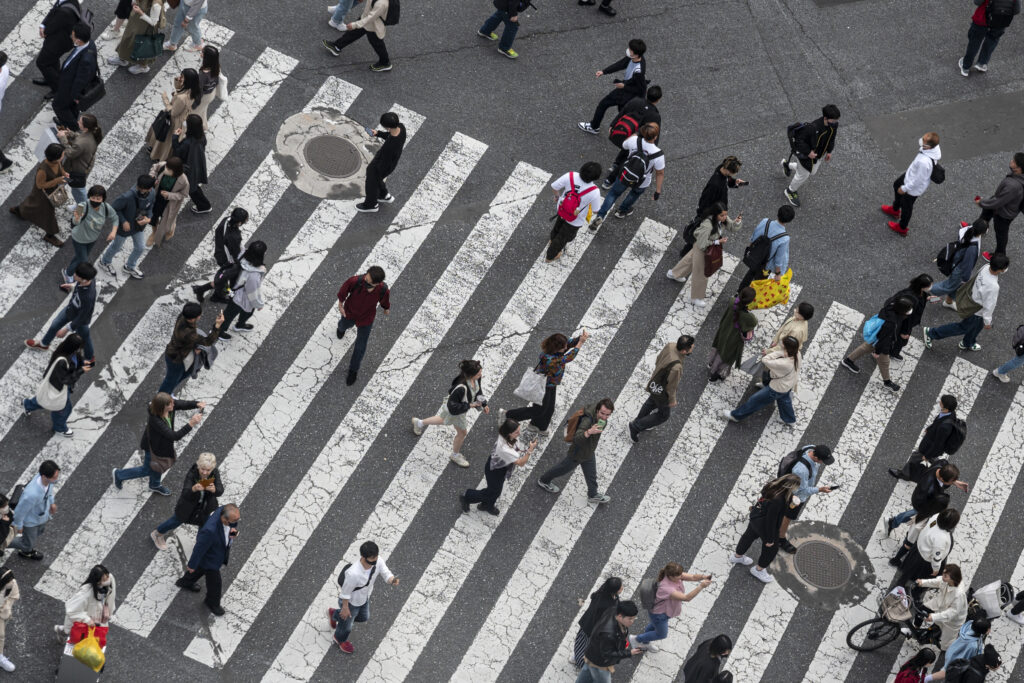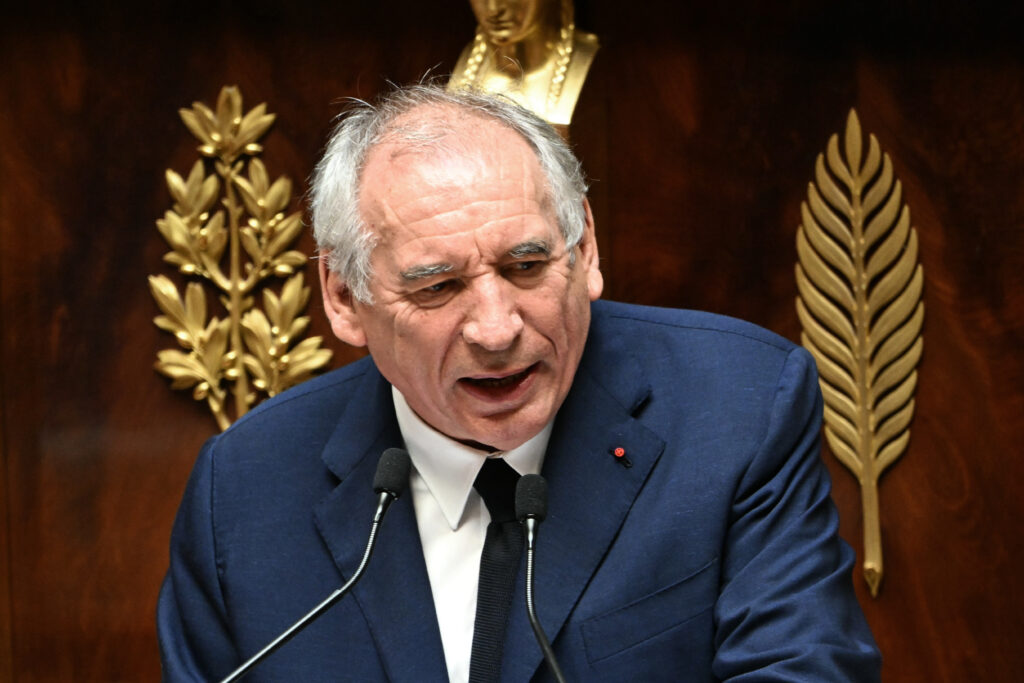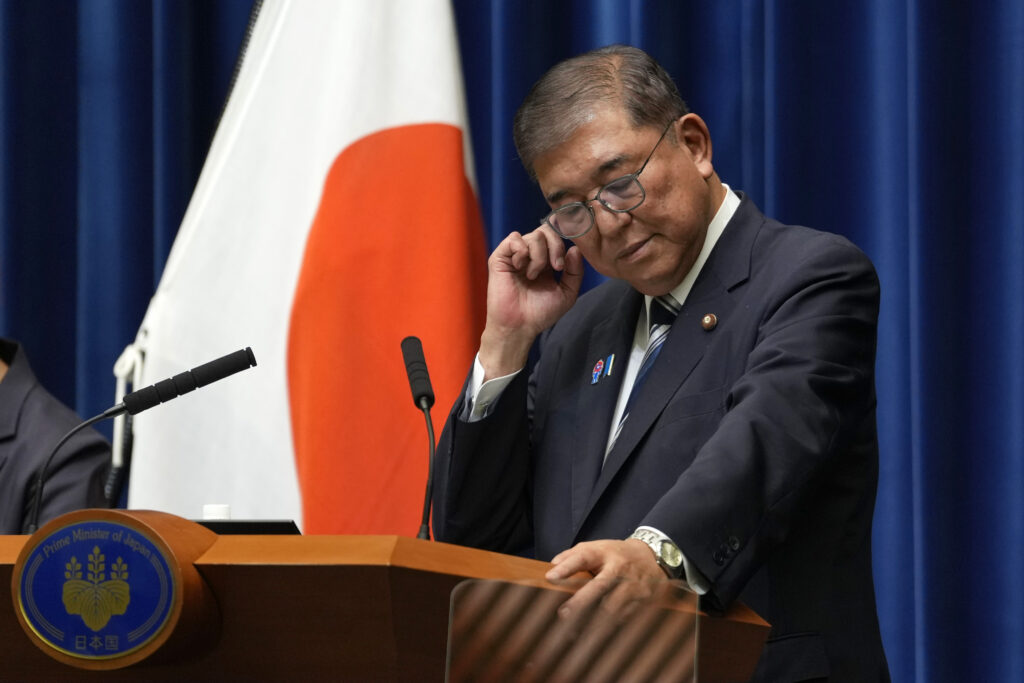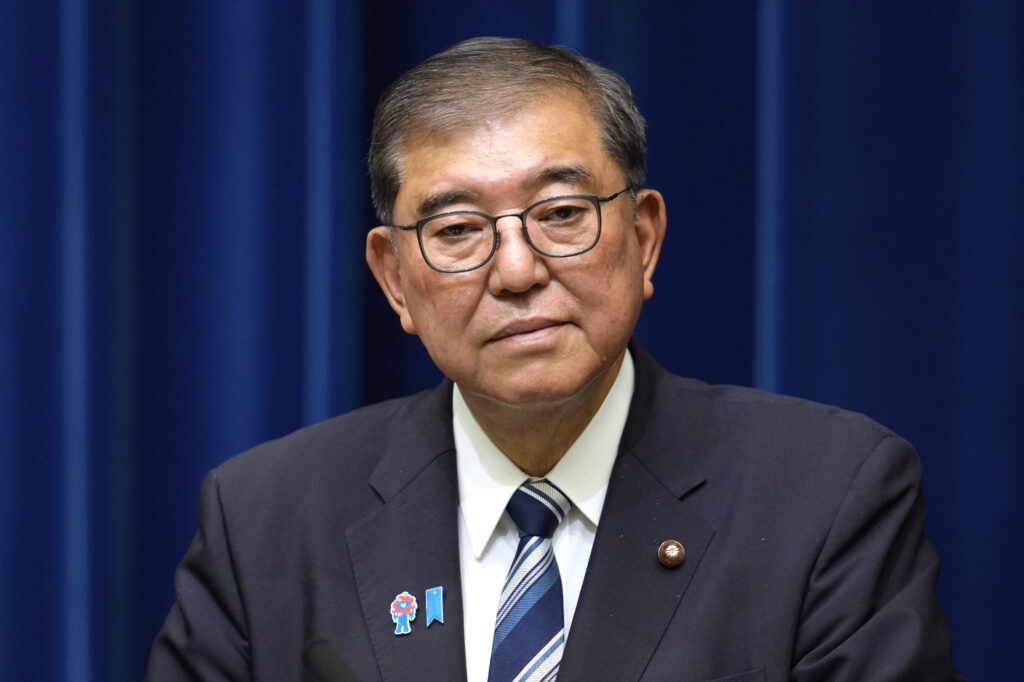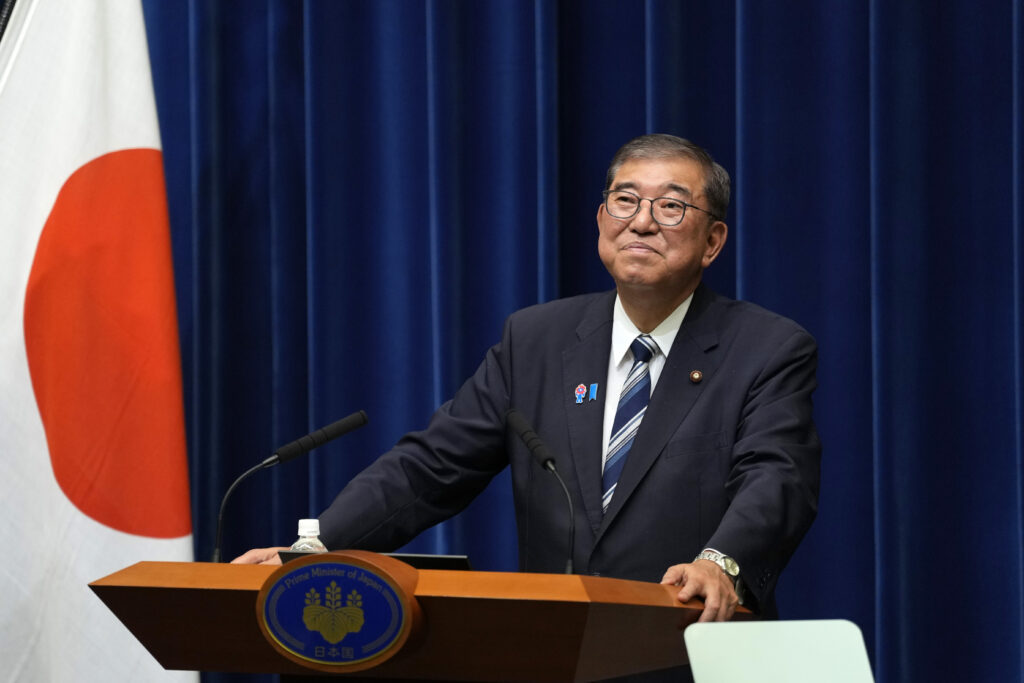Stocks climb eyeing US rate cuts, political changes
Stock markets mostly rose and gold hit a record high Tuesday as traders balanced expectations of cuts to US interest rates with political shakeups in Japan and France. Tokyo’s Nikkei briefly spiked to a new record but ended down as political upheaval in Japan offset hopes that whoever replaces Prime Minister Shigeru Ishiba will unveil a fresh round of economic stimulus.Japan’s ruling Liberal Democratic Party will pick its new leader on October 4, replacing Ishiba, who resigned at the weekend after huge election setbacks.On Tuesday, the Paris CAC 40 made solid gains in midday deals. French Prime Minister Francois Bayrou was Tuesday to submit his resignation to President Emmanuel Macron after parliament ousted the government.Bayrou on Monday suffered a crushing loss in a confidence vote he had himself called.France’s borrowing costs exceeded those of traditional European debt-laggard Italy Tuesday, while safe haven bet gold extended its record run higher.The precious metal hit an all-time high $3,659.36 an ounce.However, with Paris stocks rising, “for now, the market impact seems limited”, noted Ipek Ozkardeskaya, senior analyst at Swissquote Bank. The Nasdaq hit a record high Monday, “helped by expectations of lower Fed rates”, she added.Last month’s big miss on US jobs creation raised concerns about the strength of the world’s top economy, but it has stoked bets that the Federal Reserve will loosen monetary policy, even as inflation remains stubbornly above its target.Investors are awaiting the release of fresh data on prices this week to get a better idea about the Fed’s next move, with Bloomberg reporting that expectations are for three quarter-point reductions before the end of the year.- Mining merger -On the corporate front, the mining sector was in focus after British group Anglo American and Canadian peer Teck Resources announced plans for a multi-billion-dollar merger, creating a champion of copper production and other critical minerals.Anglo American shares surged more than 10 percent in London deals Tuesday, while Teck’s stock rallied in after-hours trading. Shares in rival miners jumped on their coattails.Indonesian stocks and the rupiah tumbled after President Prabowo Subianto removed Finance Minister Sri Mulyani Indrawati in a cabinet reshuffle following deadly anti-government protests across the country.- Key figures at around 1045 GMT -London – FTSE 100: UP 0.2 percent at 9,242.52 pointsParis – CAC 40: UP 0.4 percent at 7,766.45Frankfurt – DAX: DOWN 0.3 percent at 23,730.50Tokyo – Nikkei 225: DOWN 0.4 percent at 43,459.29 (close)Hong Kong – Hang Seng Index: UP 1.2 percent at 25,938.13 (close)Shanghai – Composite: DOWN 0.5 percent at 3,807.29 (close)New York – Dow: UP 0.2 percent at 45,514.95 (close)Euro/dollar: DOWN at $1.1756 from $1.1760 on MondayPound/dollar: UP at $1.3578 from $1.3549 Dollar/yen: DOWN at 146.49 from 147.43 yen Euro/pound: DOWN at 86.59 pence from 86.80 penceBrent North Sea Crude: UP 0.6 percent at $66.39 per barrelWest Texas Intermediate: UP 0.6 percent at $62.63 per barrelburs-bcp/lth
